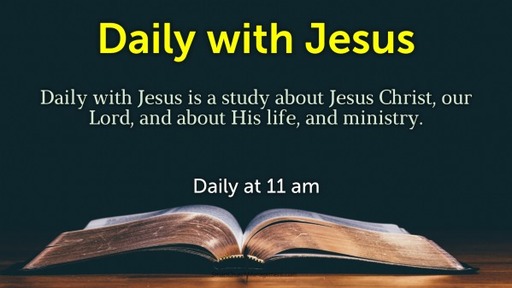Daily with Jesus Nov. 17

Jesus Teaching in Parables
What is a Parable?
Why Did Jesus Teach in Parables?
T. F. Torrance has some wise words of explanation: ‘Jesus deliberately concealed the Word in parable, lest men against their will should be forced to acknowledge the Kingdom, and yet he allowed them enough light to convict and convince them
Professor C. F. D. Moule once put it to me, ‘You can’t teach by spoon-feeding. You must let people puzzle it out for themselves.’ That is part of why Jesus taught in parables.
Jesus used the method apparently in order to convey his teaching vividly and to stimulate his hearers to think, with the result that those who apply themselves learn to their profit, whereas those who do not never find the truths Jesus is teaching (cf. vv. 11–15). The use of parables teaches not only the lesson of the individual parable, but also the importance of thinking about spiritual things
So, on the one hand, the parables reveal to the disciples how the kingdom of God will operate in this world before its final, powerful manifestation (which Jesus will reveal in chs. 24–25). On the other hand, the truth that is revealed to the disciples is concealed from the crowd because of their spiritual unresponsiveness (see 13:12–13).
What is this Parable talking about?
The parable is a mirror: it shows people where they stand. It is held up to the faces of Jesus’ hearers. It was held up to Matthew’s readers. And it is no less challenging today.